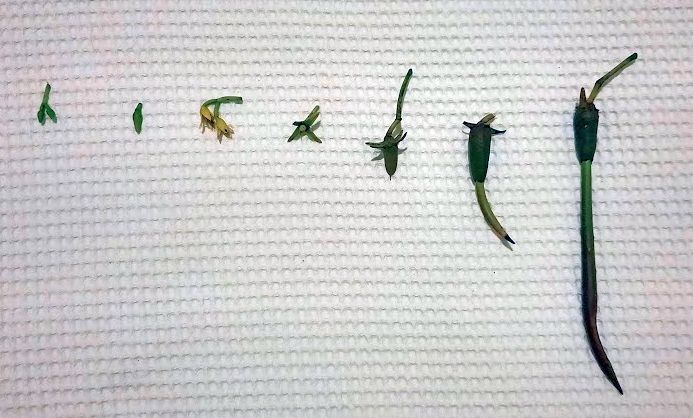Mangrove forests protect tropical coastlines around the world from the effects of waves, in addition to providing valuable habitat for countless species. As such, their preservation and restoration is a key element of many plans for improving coastal resilience against flooding and erosion in the face of climate change. However, you can’t *just plant* a mangrove forest anywhere – mangroves are extremely picky, dancing on the edge of the intertidal zone where they get just wet enough but never too wet for too long. They also need safe, stable shorelines for their seedlings to take root and grow stronger, without too many waves and with just the right sort of muddy conditions to make a comfortable home.
Mangroves drop their seeds (called propagules) in the water, which then float around with the currents for days to weeks until they find a suitable home. But which pathways do these mangrove seedlings take as they float along the coast? Are those the same pathways that sand and mud take? These are questions that we need to answer in order to make better decisions about mangrove restoration. To get to the bottom of this, we recruited Femke Bisschop.
Last Friday, Femke successfully defended her thesis, “Modelling sediment and propagule pathways to improve mangrove rehabilitation: A case study of the pilot project in Demak, Indonesia“. She developed a numerical model of a site in Indonesia to simulate the motion of rivers and tides there, and then used the SedTRAILS model to visualize and interpret the pathways of sediment and mangrove propagules.

Femke’s thesis topic began life as a fun little side project started with my friend Alejandra Gijón Mancheño. Alejandra and I have been close friends ever since we started our masters’ degrees many years ago, and have long schemed about combining her research on mangrove restoration with my research on sediment pathways. When we both finally finished our PhDs last year, we decided it was the perfect time to recruit a student to investigate, and along came Femke!
Femke’s results showed that sediment and propagules tend to travel along the coast (see figure below), and also interact with the plume of the nearby Wulan river. The sediment and propagules don’t always travel via the same pathways, with propagule dispersal being much more influenced by wind and sediment transport being more controlled by tides. When the propagules are released (i.e., during which season or at which stage of the tidal cycle) can make a big difference as to whether they strand on the nearby coast or further away.

Her findings pave the way for the use of this approach in better planning mangrove restoration efforts. For example, can we strategically place bamboo structures to trap sediment and propagules based on what we know about their transport paths? She did such a nice job and opened so many doors with her research that another bright master’s student, Nirubha Raghavi Thillaigovindarasu will continue building on Femke’s research for her thesis. Stay tuned for what comes next!

